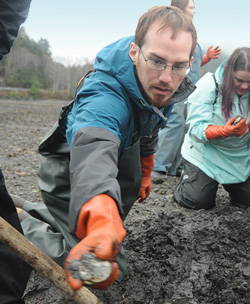Water Quality Projects » Burke-o-lators
Burke-o-lators

Burke Hales and Wiley Evans during a Burke-o-Lator installation at the Hakai Institute’s Quadra Island Field Station in 2016. Photo: Josh Silberg.
Location of the Data
The Need
The ocean absorbs about 25% of the increasing carbon dioxide released into the atmosphere by humans, now roughly 7 million tons of CO2 every day. As a consequence, seawater is becoming more acidic. Alaska is expected to experience the effects of ocean acidification faster and more seriously than lower latitudes because waters in Alaska are both ‘cold and old’: cooler water temperatures and global circulation patterns mean that Alaska waters naturally hold more CO2 year round. On top of this high baseline concentration of CO2, other processes also naturally lower the pH of Alaskan waters on a seasonal scale. Because species can be sensitive to a change in pH, ocean acidification could impact commercial, sport, and subsistence fisheries and wildlife management.
As conditions change, researchers need to pay particular attention to the nearshore. First, it’s a place where local communities tend to harvest shellfish and other potentially vulnerable species. Also, ocean chemistry in the nearshore tends to have a larger range of variation due to natural factors such as tidal cycles, freshwater outflow, glacial melt, and terrestrial inputs. This is a complex system! Thus, having long term monitoring in nearshore areas is critical to fully understanding local conditions and drivers, how levels fluctuate seasonally, and long term change over time.
Project Location
There are currently four Burke-o-Lators in Alaska
> Seward (Alutiiq Pride Marine Institute) installed 2014
> Ketchikan (OceansAlaska) installed 2016
> Sitka (Sitka Tribe of Alaska Ocean Research Lab) installed 2017
> Kodiak (NOAA Fisheries lab) Installed 2017
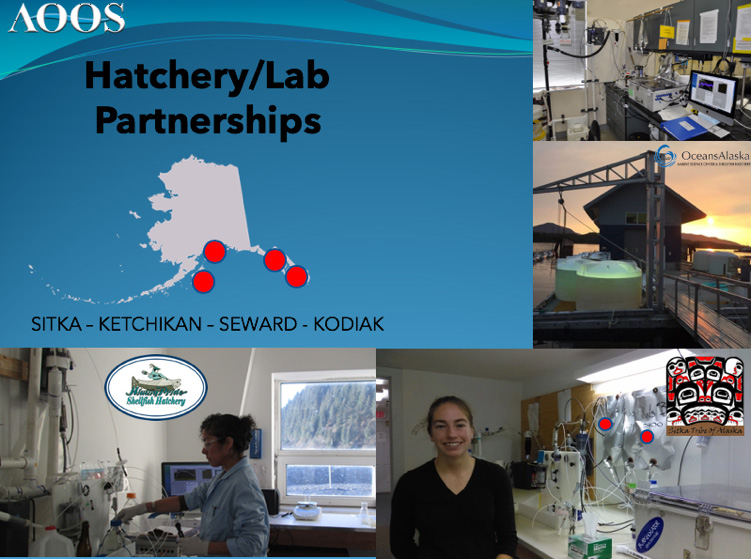
Project Details
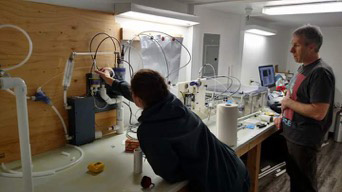
Figure 1. Esther Kennedy and Burke Hales calibrate the Burke-o-Lator operated by the Sitka Tribe.
AOOS contributes to the maintenance of four Burke-o-Lators, located at coastal sites around the Gulf of Alaska. A Burke-o-Lator is a system of sensors that measures a suite of carbon chemistry parameters critical to ocean acidification: pCO2, TCO2. temperature and salinity. Using these four parameters, the saturation state of aragonite and pH are determined in real-time. Aragonite is a form of calcium carbonate that is critical to shell formation, and the aragonite saturation stateprovides a unit of measurement for how favorable the water is to shell-building organisms.
Another unique feature of the Burke-o-Lators is they can be taken off “continuous” mode and used to analyze discrete samples taken other places. In addition to collecting time-series data, the Burke-o-Lators now process water samples collected on a weekly basis from over 20 communities across Alaska. This provides the opportunity to get a regional picture of conditions on a local level, as well as promote local engagement. This community monitoring effort for OA is unique in the U.S.
Wiley Evans of the Hakai Institute leads the Burke-o-Lator effort in Alaska. He works closely with staff at each Burke-o-Lator location to trouble shoot issues (Burke-o-Lators are complex and take a significant amount of care and feeding). Evans also analyzes the data from both the continuous and discrete samples.
Alaska’s Burke-o-Lators are part of the IOOS Pacific Region Ocean Acidification Network (IPACOA) that links similar sites along the Pacific coast of North America. The Burke-o-Lator systems are named after their inventor, Burke Hales from Oregon State University, who continues to be involved in Alaska’s Burke-o-Lators.
Project Highlights
Data from the Burke-o-Lators have documented a clear picture of the large seasonal swings in ocean chemistry over the course of the year. Generally, conditions are more acidic in the fall and winter due to a number of natural factors. The Alutiiq Pride Marine Institute has the longest running continuous CO2 records for the State of Alaska.
Burke-o-Lators are also providing key data for hatchery production. In addition to providing a long term time series, systems located at hatcheries or labs can also provide key information about when the water is at levels dangerous to larval shellfish. By adjusting the aragonite saturation using lime as a buffer, the Alutiiq Pride Marine Institute has almost doubled their oyster setting survival and has recorded increased survival with little neck and butter clam production.
Jeff Hetrick, Alutiiq Pride Marine Institute Director, notes, “Developing the Ocean Acidification Lab with a Burke-o-Lator at the hatchery has been invaluable. It has provided another vector for our interaction with natural resource issues, expanded our capacity building with our water sampling program and provided a forum for climate change discussions in our communities. It has also allowed APMI to engage more directly with the scientific community, bringing awareness to our operations and our other programs.”
Principal Investigators
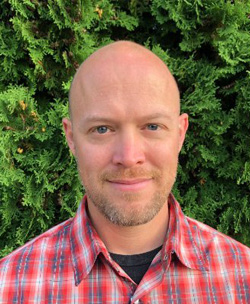
Wiley Evans
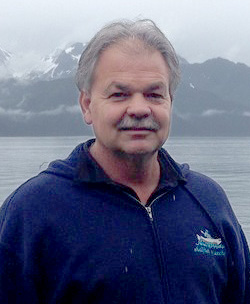
Jeff Hetrick
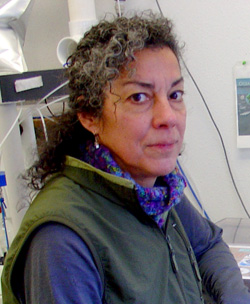
Jacqueline Ramsey

Kari Lanphier
